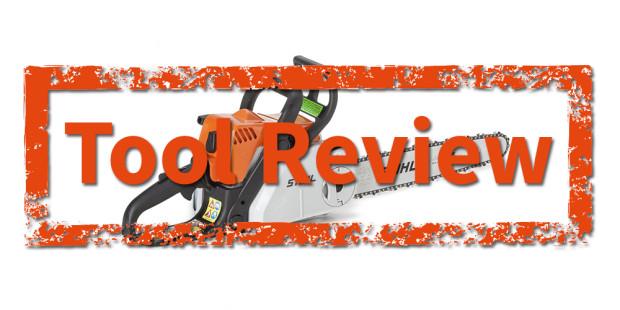Controlling the Temperature in Metal Buildings

You have questions when it comes to your metal building. That’s perfectly fine, because I have answers.
When it comes to heating and cooling a metal building, I get a lot of questions from concerned clients that don’t know where to begin. While there are several design options to consider, my main goal is to work with you and find what best suits your requirements.
First, do you need these systems? One of the advantages of metal buildings is its energy efficiency compared to wood frame buildings, and can lead to significant cost savings on heating down the road. If you’re considering a steel building, heating may be a necessity depending on where you live.
Take a look at your vision and determine how you will be using your metal building. Do you have a small steel garage, a residential building or a commercial application?
I ask because HVAC and heating is different for each individual project, and depending on the answer, could affect how we continue with the design. Steel garages or workshops usually only require a small stand up heater, but commercial structures need a heating system and, generally, a sprinkler system. For instance, most of our buildings are sold with a one pound per square foot collateral load. That figure refers to the amount of weight that can be hung from the ceiling or put on the roof. If ductwork for HVAC and heating is involved, then that number needs to be increased. Another increase is in the collateral load needed, and we might need to slightly change the structure of the building to comply with county energy codes.
Another important point to consider in your metal building is insulation. I almost always recommend some kind of insulation for our steel buildings. Sometimes it could be the only heating system needed depending on the natural ways of conserving energy. We use insulation packages based on thickness. Insulation is measured in R-Value. The R-value measures how well the insulation can resist heat. Insulation with a higher R-value will outperform insulation with a lower R-value. Good metal building insulation has a high R-value and eliminates condensation. Our insulation systems are specifically designed to pick up the excess moisture, so you won’t have to deal with droplets of water on the floor or on your most prized possessions. Good insulation is not affected by humidity, installs easily, is a radiant heat and vapor barrier, and is recognized for its energy efficiency.
If you’re looking for more cost effective ways to heat your metal building, think about specifics. Which way does the building face? South-facing windows invite more heat into the building. In the summer, you can deflect heat with a light shutter or drapery.
Don’t forget that lighting can add heat to your building. If you aren’t interested in the extra heat, explore energy efficient lighting like LED’s that run cooler than incandescent or fluorescent lights.
Considering a metal building? Check out other First Time Builder resources.
Photo courtesy: Thomas’ Pics, mlinksva, Michael Casey« Ready to Build the Perfect Steel Garage?
7 Time Management Tips for Small Businesses »
Popular Posts

I sincerely hope everyone had a safe and Happy Father’s day yesterday. I also hope you remembered to get your dad a gift! If you forgot, I have just the offering for you. If Pops is a do-it-yourselfer with a new steel workshop, then you can help him fill it up with tools! In this… …

As a pastor or church leader, you can’t be everywhere at once. Your schedule is jam-packed with hospital visits, budget planning, writing your sermon, and all the miscellaneous tasks it takes to keep the church running smoothly. How do you get everything done? Volunteers can be the saving grace of your congregation. Of course, we… …

